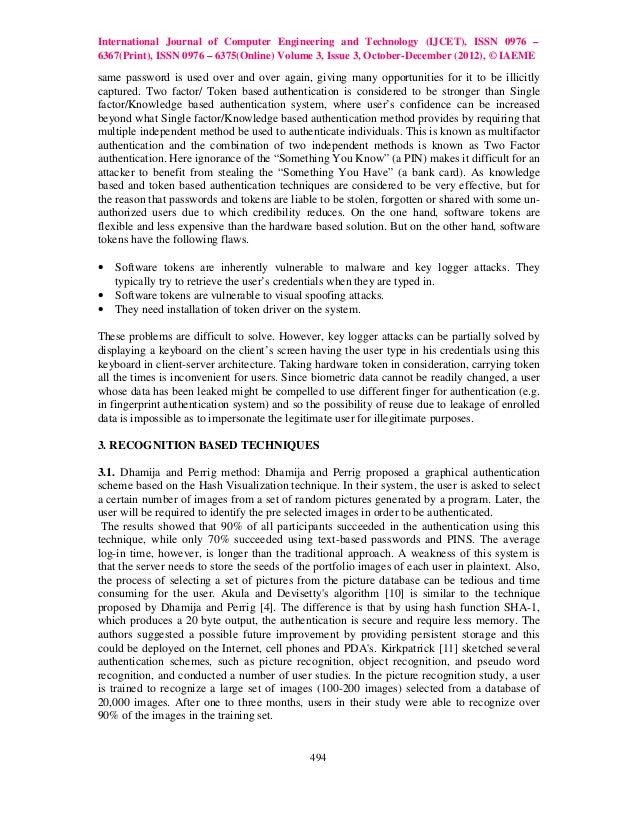

In particular, I will discuss two formally verified architectures realizing the aforementioned techniques (APEX, and RATA) and how they have been securely implemented atop the TI MSP430 low-end micro-controller at a relatively low-cost.Ībstract Decentralized cryptocurrencies rely on participants to keep track of the state of the system in order to verify new transactions. These techniques can be leveraged to assure the integrity of software and its execution, even on some of the most resource-constrained micro-controllers.

This prompts the following three questions: (1) How to trust data produced, or verify that commands were performed, by a simple remote embedded device?, (2) How to bind these actions/results to the execution of expected software? and, (3) Can (1) and (2) be efficiently attained even if all software on a device can be modified and/or compromised (e.g., by malware)? In this talk, I will overview two techniques that specifically target low-end microcontrollers, namely proofs of execution, and TOCTOU-avoidance. If such devices are left unprotected, consequences of forged sensor readings or ignored actuation commands can be catastrophic, particularly, in safety-critical settings. They tend to host small CPUs, have small amounts of memory, and run simple software. On the lower end of the scale, these devices are small, cheap, and specialized sensors and/or actuators. They often perform safety- critical functions, e.g., personal medical devices, automotive CPS as well as industrial and residential automation, e.g., sensor-alarm combinations.

Our paper and code is available here: Ībstract Modern society is increasingly surrounded by, and is growing accustomed to, a wide range of Cyber-Physical Systems (CPS), Internet-of-Things (IoT), and smart devices. Finally, I will discuss the results of our system simulation, including the communication and performance overhead of our system over other systems without this privacy guarantee, as well as with respect to the closest related work. Our architecture can be integrated with censorship-resistant publishing systems such as CROPS. In this talk, I will present our architecture that uses information-theoretic private information retrieval to efficiently render a server node incapable of determining what content was retrieved in a given request by a user. However, node operators are still exposed to the contents of queries. Vasserman et al.'s censorship-resistant publishing system, CROPS, aimed at providing plausible deniability to server nodes by encrypting stored content. In order to incentivize these node operators of privacy-preserving DHTs, it is important to prevent exposing them to the data that is stored on the DHT and/or queried for. Abstract Peer-to-peer distributed hash tables (DHTs) rely on volunteers to contribute their computational resources, such as disk space and bandwidth.


 0 kommentar(er)
0 kommentar(er)
